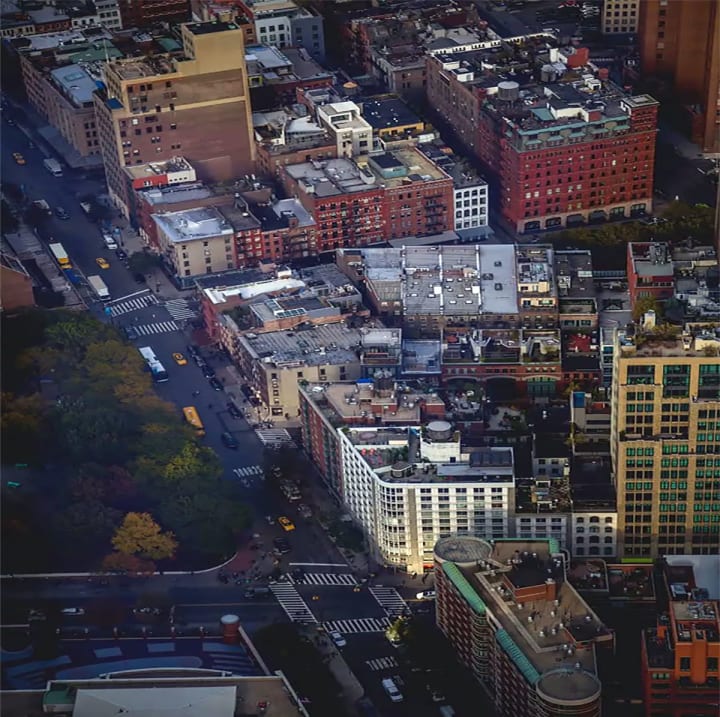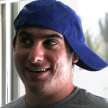Mobility Training: The First Step Toward Traveling Independently
A multi-part series on blind travel

Hello again folks, welcome back to the series on traveling when you're blind. In my last post I talked about how we, as blind people, need to do things differently, and provided an example on how this is done.
In this article, I'll discuss how I was taught navigation before even starting to use a cane, and how I learned directional concepts such as northeast, southeast, northwest, and southwest. I hope you'll find this information of value as I walk you through how we learn how to be independent when traveling. Lets get started!
Us blind individuals need to actually start at the very beginning, way before we have a cane in our hands. Special teachers, called mobility instructors, are trained in teaching the blind how to handle all the various components that I discussed in my last article and will continue to in this series.
If you were born blind, you either held on to someone, or you were taught how to follow the line when the class walked together in the hallway. As you grow older, they have you learning about streets, what they are, and how to differentiate between one block and the next.
You're asking: "I naturally know what streets and blocks are, how do they teach these concepts to you?" At least when I went to school, there was a model made of a city block carved into two streets and four blocks, making up the directions and what would ultimately signify your directional corners.
You're asking: "Directional corners? Why would I need those?" That's a great question. The only way we can know how we're getting around is by directions. We need to locate things later on such as bus stops, landmarks, and other things that we use to navigate our way.
Let's start with this image of a city block for a second, as you picture me learning this. Don't try to close your eyes while you read, and also remember, that White Cane Travel's site has an audio version of this lesson as well. Please be sure if you were to do this, do it safely.

The model we were given by our mobility instructors is small, made out of blocks and grass. We are shown the blocks being the actual city blocks, and the grass being the streets.
The names of the streets may be assigned depending on the location you live in and how you're trained if you do this, but this is how I remember it.
As we sit there, the instructor is explaining that the top block is northwest, top right is northeast, bottom left is southwest, and bottom right is southeast. This is the foundation upon which we learn everything else that comes later. We are told to go north, south, east, and west, and show the instructor we have the concept of the directional corner.
When I did something similar at an agency that I built White Cane Travel for a few years ago, none of the sighted people really grasped the concept of the directional corners, and how I was able to find their building. At that particular time, I did have a map which aided a little to find the address, but back when I was trained, lots of questioning needed to be answered when locating a specific address. When you're young, you're not going to go anywhere on your own, but I only brought it up to show how confusing this is even for the sighted. To truly comprehend it, I would suggest going outside to a street corner and seeing if you know automatically which street runs north and south and which goes east and west. We are also taken out to the local streets to practice this for ourselves.
Some instructors who teach orientation and mobility may have differing opinions on how you should be taught. When you are an adult, you begin with cane travel right away. It depends on the instructor and your current situation.
Directional Corners
Directional corners are the simplest. For those of you who are sighted, this is a question that comes up all the time.
- Go to a corner in which you want to find out the directional corner.
- Then, knowing what direction you are traveling, ask yourself if the street is in front of you.
- Next, if the answer is yes, reverse the direction.
- Finally, face the other street and do the above step on whether you have a street in front of you.
Here is an example. If you're on 4th and maple, and 4th runs north and south, and maple runs east and west, and you come up to maple, you're on the southeast corner. Why? Because you're facing maple, and you know that 4th is on your left. Streets may or may not exist, or they even may be in opposite directions, so please use this for illustration purposes.
On the next article, I'll be covering how to use the cane, and basic street crossings and what we are supposed to do as blind people.
Please visit WhiteCaneTravel.com for additional resources and information including podcasts and discussions. Also, feel free to join our discussion list where you may ask questions and get advice based on these topics. We look forward to your participation in this journey with us.






Comments
There are no comments for this story
Be the first to respond and start the conversation.